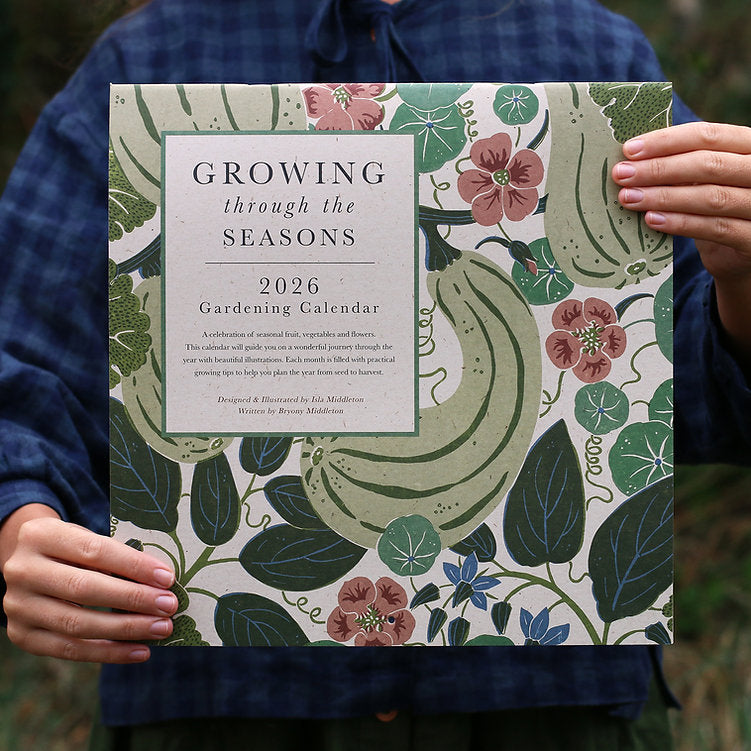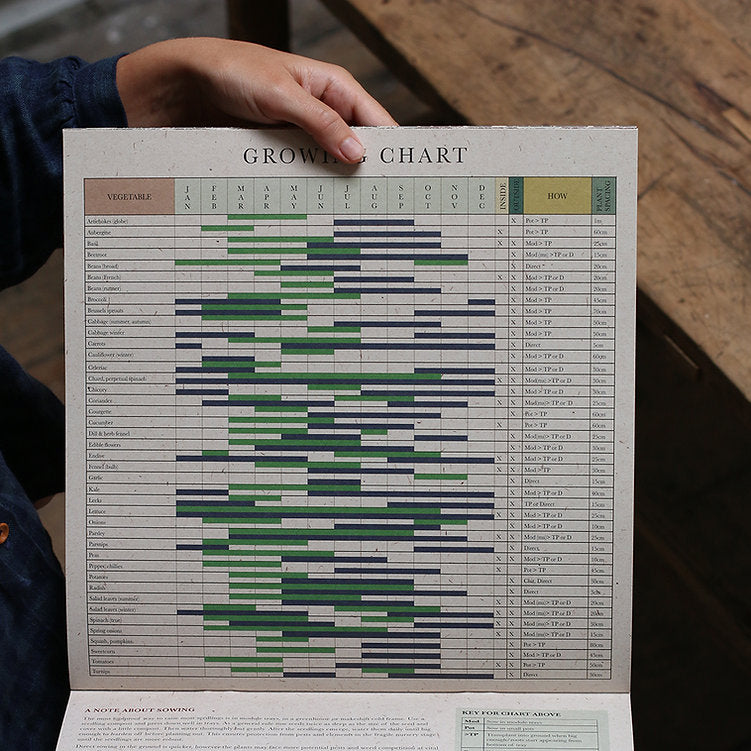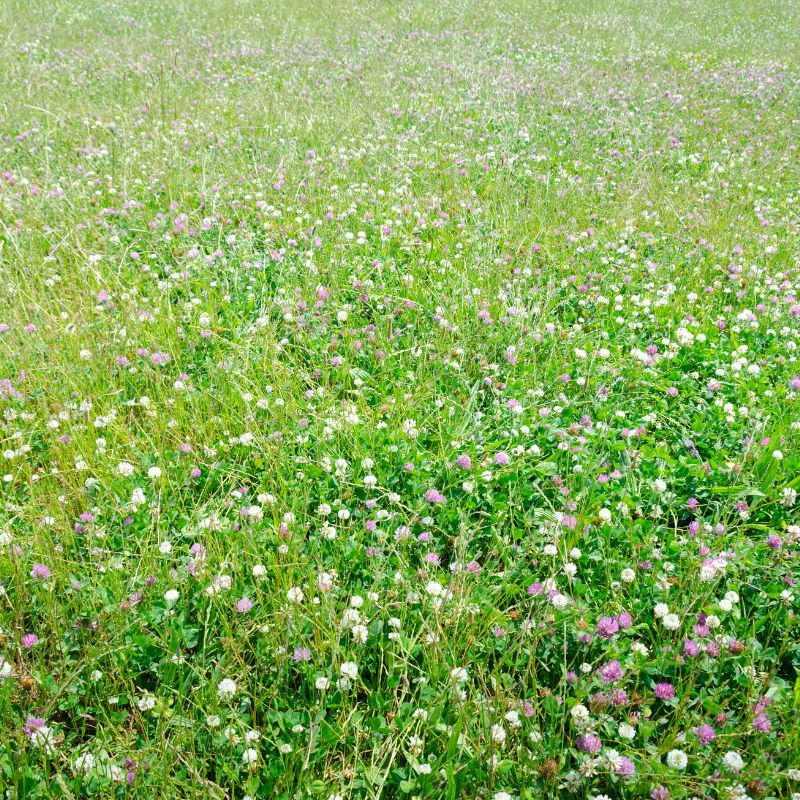
5 Gardening Jobs For November: Preparing Your Wildflower Garden For Next Year
As November arrives, bringing cooler temperatures and shorter days, it brings an opportunity to spend time in your wildflower garden. This is the perfect time to prepare for next year’s growing season while supporting the wildlife that depends on these important habitats.
Here are five essential tasks to tackle this November.
1. Plant Bulbs for Early Blooms

November is the perfect time to plant native wildflower bulbs. These early bloomers, when planted now in the ground or in containers, will not only add colour to your garden come spring but also provide vital food sources for the year’s first pollinators. Crocuses, for example, are rich in pollen and serve as a critical energy source for hairy-footed flower bees and queen bumblebees that wake from their winter slumber as soon as the temperatures begin to rise.
When selecting bulbs, look for native varieties that will thrive in your local soil and climate conditions. Planting bulbs now ensures that you’ll enjoy a beautiful display of colour as soon as spring arrives, helping to kick-start the pollination season and supporting the bees and other pollinating insects that are essential for a healthy ecosystem.
2. Plant Wildflower Plug Plants

If you’ve been considering adding more native wildflowers to your garden, now is the time to plant perennial wildflower plug plants or 9cm pots. As long as the ground isn’t frozen, these plants can establish their roots before winter sets in.
How to plant wildflower plug plants in the autumn:
- Find a sunny spot with well-drained soil.
- Cut the grass back short and remove clippings; rake out any thatch.
- Generally, we recommend planting 5-7 plants per square metre, in groups of 3 or so per species.
- Water the plugs before planting.
- Carefully remove the plug plant from its pot or tray, taking care not to damage the roots.
- Using a trowel, dibber or hori hori, make a hole in the soil that’s deep enough to accommodate the roots. Place the plug in the hole and fill with soil, firming gently around the base.
- Water the plants after planting to help settle the soil.
A helpful tip is to mark the locations of your plug plants with garden canes. This will make it easier for you to find and check on them in the spring, ensuring that you can monitor their growth and health. Perennial wildflowers like oxeye daisies and field scabious not only enhance the beauty of your garden but also provide food and habitat for various pollinators and beneficial insects.
3. Create a Wildlife Habitat

Gardening isn’t just about creating a beautiful space for humans; it’s also about supporting the diverse wildlife that shares our gardens. One effective way to do this is by creating a wildlife habitat. Use prunings and clippings from your garden to construct a dry wildlife stack in a quiet corner of your garden or meadow. Here’s how:
How to create a wildlife habitat with garden prunings and clippings:
- Choose a quiet, less-disturbed area in your garden that receives some sunlight but also has shade. This will provide a balanced environment for various species.
- Collect prunings and clippings from shrubs, trees and perennials. Focus on woody branches, twigs and leaves.
- Start by laying down larger branches or logs on the ground. Arrange them in a natural, haphazard way to mimic how fallen trees would look in the wild.
- On top of the base, add smaller branches and twigs. Alternate the direction of the branches to create a stable and varied structure. Aim for a height of about a metre depending on materials available.
- Mix in green clippings, leaves and softer materials among the branches. This adds insulation and makes the habitat more inviting for wildlife.
- Leave gaps and spaces within the structure to provide hiding spots for small mammals, amphibians such as the common toad, birds, and insects.
- Add more materials as needed.
This simple structure will provide essential shelter for small mammals, insects, and other wildlife during the colder months.
4. Plant Bare-Root Trees and Hedging

November marks the beginning of the bare-root planting season. Trees and hedging plants can be planted while they are dormant, typically from November to March. This is an excellent time to consider adding native tree species or hedges that can enhance your wildflower garden.
Not only do these plants provide structure and beauty, but they also offer vital habitats for birds, insects, and other wildlife. Native species are particularly beneficial as they support local ecosystems and require less maintenance once established.
5. Leave Seedheads for Wildlife

As you tidy up your garden, remember to leave some attractive seedheads standing for winter interest and wildlife support. Plants like teasels produce seeds that are an important food source for seed-eating birds such as goldfinches.
By allowing these seedheads to remain, you create a natural larder for birds and provide visual interest during the colder months. Plus, the stark beauty of seedheads against the winter landscape adds a unique charm to your garden.
November is a time of preparation and transition in the garden, offering you a chance to set the stage for a vibrant wildflower display next spring while also supporting local wildlife. Whether you’re planting bulbs, plug plants, or bare-root trees, or creating habitats, each task contributes to a healthier and more sustainable garden. Embrace the season and take these steps to ensure your wildflower garden flourishes for both you and the wildlife that depend on it.



















